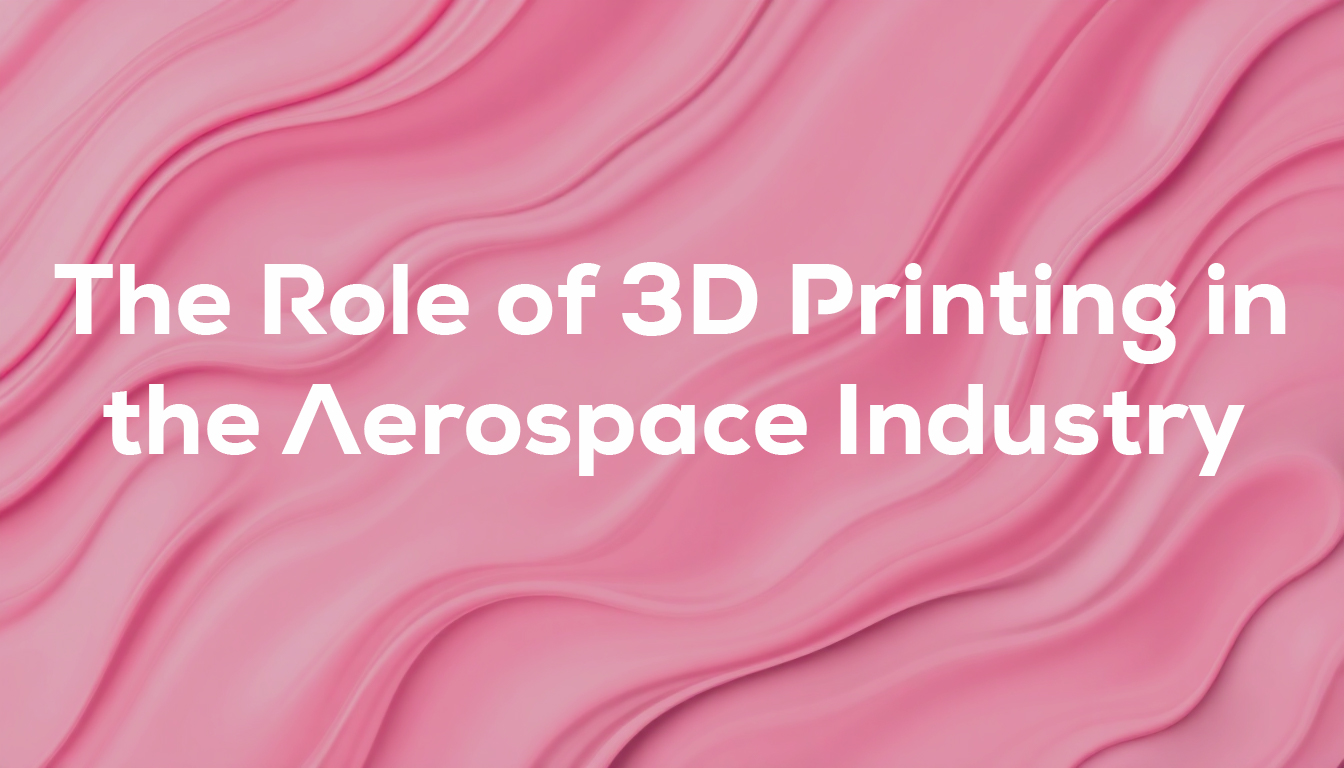Imagine a world where spacecraft components are printed rather than traditionally manufactured. A world where complex, lightweight structures come to life in hours instead of months. This is not the future—it’s happening right now. 3D printing in the aerospace industry is changing the game, enabling faster production, reducing costs, and pushing the boundaries of innovation.
From satellites to jet engines, aerospace companies are leveraging additive manufacturing to streamline production and enhance performance. Let’s explore how 3D printing is reshaping the skies and beyond.
How 3D Printing is Transforming Aerospace
The aerospace sector demands precision, durability, and efficiency. Traditional manufacturing methods often involve multiple steps, extensive material waste, and long production cycles. 3D printing, also known as additive manufacturing, offers a more efficient and cost-effective alternative.
Why Aerospace Companies Are Adopting 3D Printing
- Lightweight Components – 3D-printed aerospace parts are often lighter than traditionally manufactured ones, leading to fuel savings and increased efficiency.
- Rapid Prototyping – Engineers can design, test, and refine components in a fraction of the time, accelerating innovation.
- Reduced Material Waste – Unlike subtractive manufacturing, which cuts material away, 3D printing uses only the necessary amount, making it more sustainable.
- Enhanced Design Freedom – Complex geometries, previously impossible to produce, can now be printed with ease.
These advantages make 3D printing a cornerstone of modern aerospace engineering, from commercial aviation to deep-space exploration.
3D Printing in Aircraft Manufacturing
Airplane manufacturers are using 3D printing to produce lighter, stronger, and more fuel-efficient aircraft. Companies like Boeing and Airbus are integrating additive manufacturing into their production processes, and the results are impressive.
- Lightweight Structural Components – Reducing aircraft weight directly impacts fuel consumption, lowering costs and emissions.
- Interior Cabin Parts – Airlines are using 3D-printed parts for seat frames, ventilation systems, and paneling, cutting production costs.
- Engine Components – Complex jet engine parts, such as fuel nozzles, are now 3D-printed for better efficiency and durability.
By adopting 3D printing, aerospace companies can create optimized, high-performance components with minimal waste and maximum precision.
3D Printing in Space Exploration
When it comes to space, weight and efficiency are everything. Every kilogram launched into orbit costs thousands of dollars, making 3D-printed spacecraft components highly valuable. NASA, SpaceX, and other space agencies are leveraging 3D printing in aerospace to push boundaries like never before.
How 3D Printing is Powering Space Missions
- On-Demand Manufacturing – Astronauts can 3D-print tools and spare parts aboard spacecraft, reducing the need for extensive cargo.
- Rocket Engine Innovation – Companies like Relativity Space are printing entire rocket engines, slashing production time from months to weeks.
- Lunar and Martian Habitats – Scientists are researching how 3D printing can build structures using local materials on the Moon and Mars.
This technology is shaping the future of space travel, making interplanetary missions more feasible and cost-effective.
The Role of 3D Printing in Satellite Development
Satellites are crucial for communication, weather forecasting, and space research. 3D printing is revolutionizing satellite manufacturing by enabling:
- Lighter, stronger frames – Reducing weight extends the lifespan and efficiency of satellites in orbit.
- Custom, mission-specific designs – Components can be tailored to unique space environments.
- Lower production costs – 3D-printed satellite parts require fewer materials and less labor, making space technology more accessible.
With 3D printing in aerospace, satellite technology is becoming faster to develop, cheaper to produce, and more adaptable to future needs.
Challenges and Future of 3D Printing in Aerospace
While 3D printing is transforming aerospace, there are still challenges to overcome.
Key Challenges:
- Material Limitations – Not all aerospace-grade metals and composites are compatible with current 3D printing techniques.
- Quality Assurance – Ensuring consistent quality and reliability in 3D-printed aircraft and spacecraft parts is crucial for safety.
- Regulatory Approvals – Aviation and space agencies require extensive testing before approving 3D-printed components for critical missions.
Despite these challenges, the future of 3D printing in aerospace looks promising. As technology advances, we can expect:
- More durable and heat-resistant materials suitable for extreme conditions.
- Integration with AI and automation to enhance design precision.
- Widespread adoption in commercial and defense sectors, making flights more efficient and sustainable.
Aerospace companies that invest in additive manufacturing today are setting the stage for groundbreaking advancements in the years to come.
Final Thoughts
3D printing is revolutionizing the aerospace industry by enabling faster production, reducing costs, and unlocking new design possibilities. From lightweight aircraft parts to on-demand space manufacturing, this technology is reshaping the way we explore the skies and beyond.
As innovation accelerates, 3D-printed aerospace components will become even more essential, paving the way for more efficient, sustainable, and cost-effective aviation and space exploration. Whether it’s commercial flights or deep-space missions, 3D printing is proving to be a game-changer for the industry.
The question isn’t whether 3D printing will dominate aerospace—it’s how soon it will become the standard.
